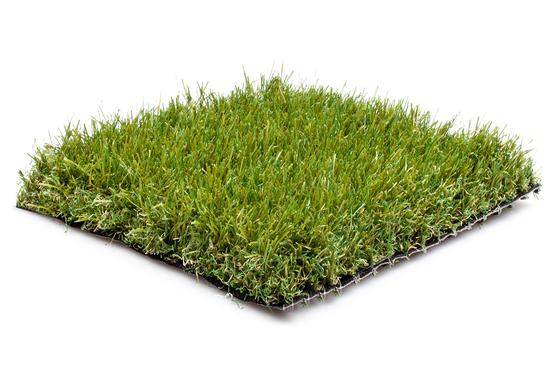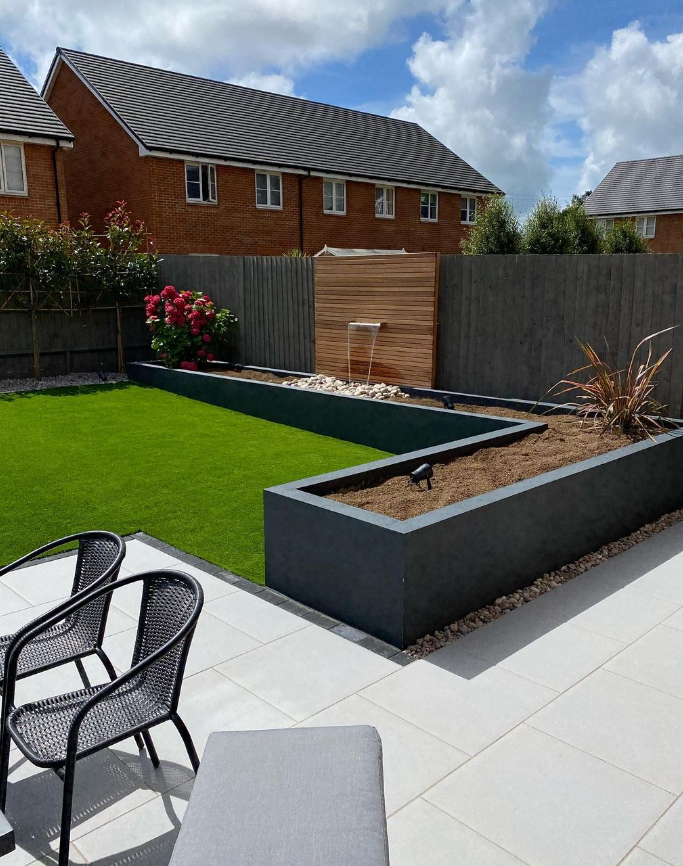
How to Join Artificial Grass Correctly
Getting a professional finish when installing artificial grass depends on properly joining the sections. If the seams aren’t secured correctly, you may end up with visible joins, lifting edges, or weak bonds that won’t last. A seamless connection ensures a natural look and long-term durability.
This guide walks you through each step of joining artificial grass, from selecting the right tools, selecting the best adhesive for artificial grass, securing the seam and blending the fibres. Whether you're a DIY enthusiast or a landscaper, following these artificial grass installation tips will help you achieve a flawless result.
1. Gather Your Tools and Materials

Essential Tools for a Secure Join
Using the right tools ensures a clean and strong seam. You’ll need:
-
A sharp utility knife for precise cuts.
-
A measuring tape or straight edge for accurate alignment.
-
A notched adhesive spreader for even glue application.
-
A weighted roller to strengthen the bond.
-
Gloves and knee pads for comfort and safety.
A sharp blade is essential for clean edges, while careful measuring prevents gaps or overlaps, so as any weed membrane you use is not visible.
Choosing the Right Joining Tape and Adhesive
Joining tape supports the seam and should be weather-resistant. For adhesives, choose:
-
One-part adhesive – Ready to use, ideal for small areas.
-
Two-part adhesive – Stronger bond, better for larger projects.
Always check manufacturer recommendations for compatibility, as poor-quality adhesive can weaken over time.
2. Prepare the Artificial Grass Edges

Trimming for a Perfect Fit
A clean, precise cut is essential for a seamless join. Before applying any adhesive, trim the edges of each grass section to remove excess backing. Use a sharp utility knife and a straight edge to ensure accuracy.
Avoid leaving small gaps between sections, as these can become visible once the grass is laid. Instead, trim slowly and carefully, keeping the edges as straight as possible. If the cut is uneven, the seam will stand out, so take your time to get it right.
Ensuring the Pile Direction Matches
The pile direction of artificial grass affects how the final installation looks. To achieve a natural appearance, make sure all sections face the same way before joining them. Misaligned pile can make the seam more noticeable, even if the join is perfect.
Before securing the seam, lay out all grass sections and check for consistency. Looking at the grass from different angles can help spot any irregularities. If you notice a difference, adjust the placement before applying adhesive.
3. Apply the Joining Tape and Adhesive

Positioning the Joining Tape Correctly
Place the joining tape underneath the seam, ensuring it runs evenly between the two sections of grass. The tape should be straight and centred along the join to provide maximum support. The shiny side should face down, as the adhesive bonds better to the textured surface on top.
To prevent movement while applying adhesive, secure the tape temporarily with small weights or heavy objects. This helps maintain alignment and ensures a consistent bond once the adhesive is applied.
Spreading the Adhesive Evenly
Using a notched adhesive spreader, apply a consistent layer of strong, weather-resistant adhesive along the length of the joining tape. Avoid using too much, as excess adhesive can seep through the seam and become visible on the surface.
Press the adhesive into the tape with smooth, even strokes to create a thin but complete coverage. Follow the manufacturer’s recommended drying time before bringing the grass sections together—this helps achieve a secure bond without excess shifting.
4. Secure the Seam

Pressing the Edges Together
Once the adhesive is ready, carefully bring the two grass edges together. Avoid overlapping or stretching the sections, as this can cause uneven joins. Instead, let the edges meet naturally, ensuring they sit flush against each other.
Use a gentle pressing motion to secure the seam, starting at one end and working your way along. For a stronger bond, roll over the join with a weighted roller, applying even pressure to embed the grass into the adhesive. Be cautious not to shift the sections, as this can misalign the join.
Allowing Time for Adhesive to Cure
The adhesive needs time to fully bond before the area can be used. Avoid stepping on the seam for at least 24 hours to allow proper curing. In damp or humid conditions, curing may take longer, so check the manufacturer’s guidance.
To test if the seam is secure, gently press along the join. If any lifting occurs, press it down firmly while the adhesive is still tacky. A properly cured seam should feel firm and seamless to the touch.
5. Brush and Blend for a Seamless Finish

Brushing the Fibres to Conceal the Join
Once the adhesive has fully cured, brushing the grass fibres helps blend the seam. Use a stiff broom or power brush to lift the fibres along the join. Brushing in multiple directions encourages the fibres to stand upright and merge naturally with the surrounding grass.
If you’re using an infill material like sand, lightly spread it over the surface before brushing. This can add weight and stability while improving the overall appearance.
Checking for Any Gaps or Lifting
Inspect the join closely to ensure it looks smooth and natural. If you notice any gaps, gently press the edges together or apply a small amount of adhesive underneath any lifted areas while it’s still tacky.
Regular brushing over time helps maintain the seamless look, keeping the fibres upright and disguising the join. A well-installed seam should be almost invisible once the grass has settled.
Joining artificial grass correctly is key to achieving a seamless, professional finish. By using the right tools, aligning the pile direction, and applying adhesive evenly, you can create a strong and durable join. Pressing the edges firmly and allowing enough time for curing will ensure the seam stays secure.
For the best results, take your time and double-check each step. If you're unsure or want a flawless finish with minimal effort, consider a professional installation service or contact us for more advice. With proper care, your artificial lawn will look natural and last for years to come.


